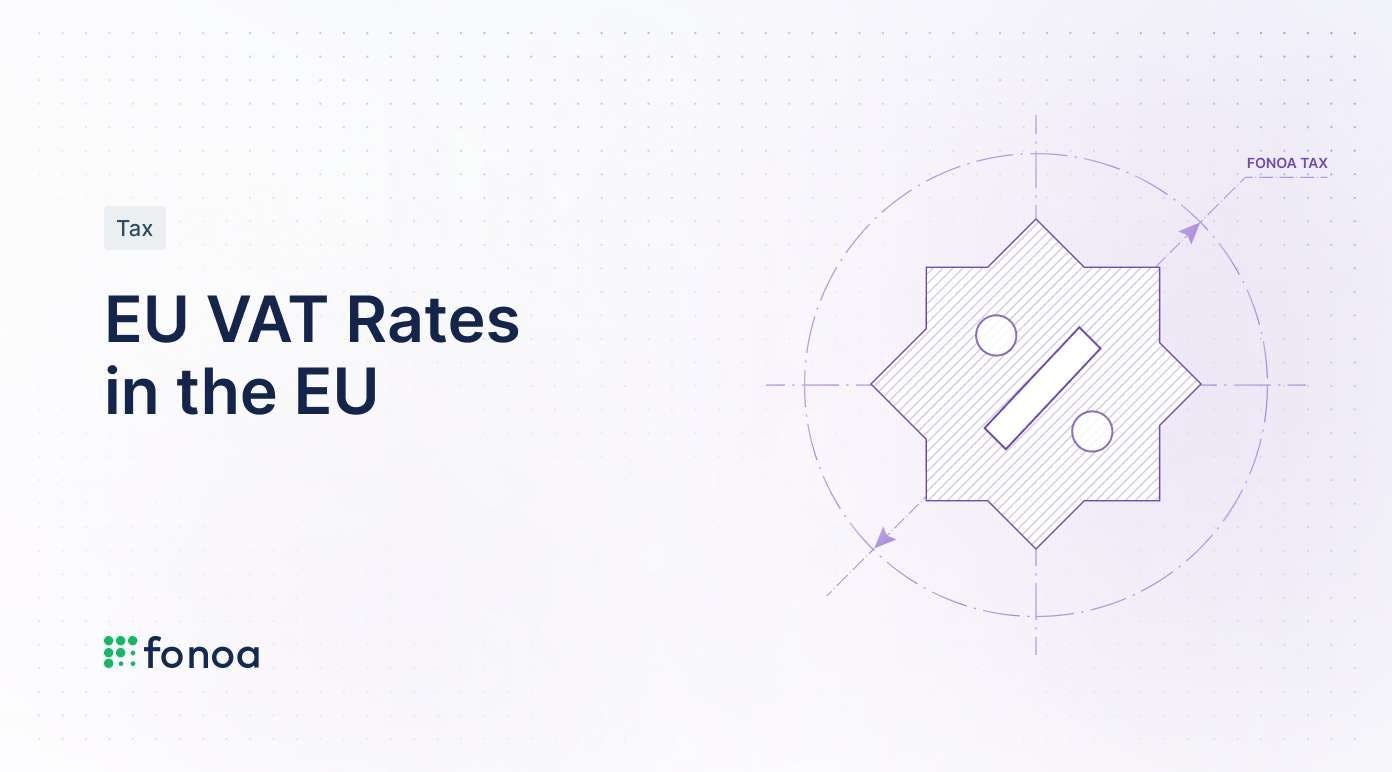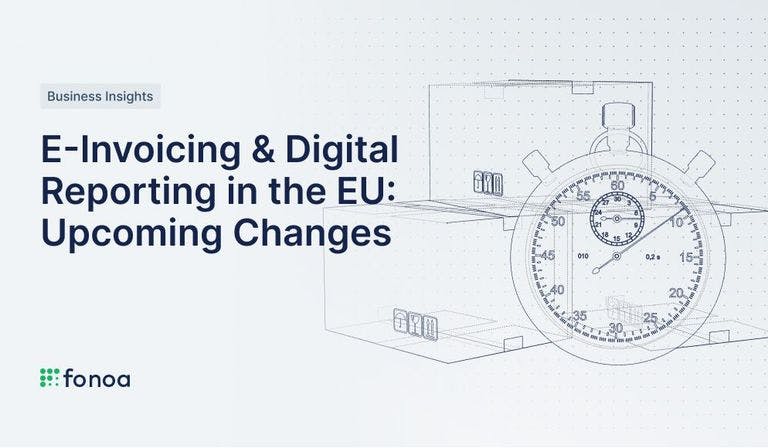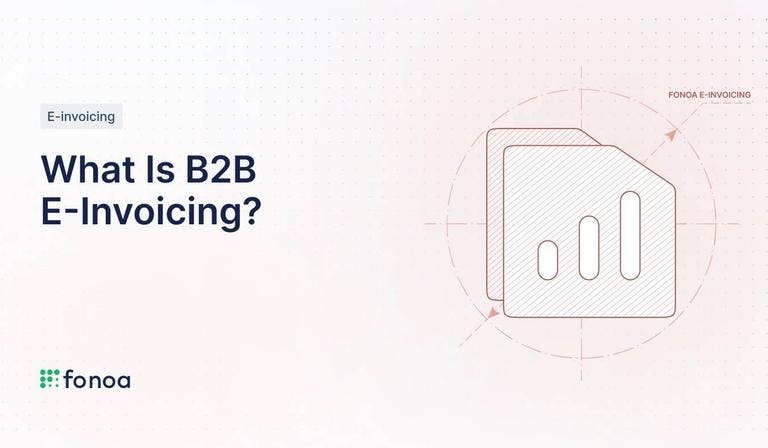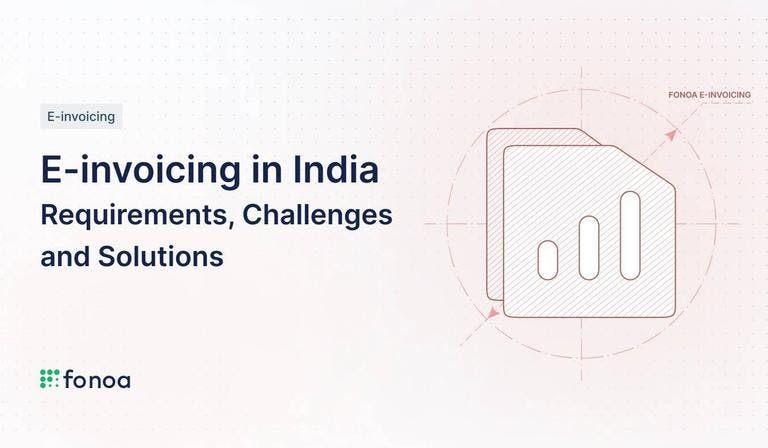VAT Rates in the EU

Most countries levy some type of general consumption tax on the sale of goods and provision of services, including all Member States of the European Union (EU). According to the OECD, as of October 2022, 174 countries and territories have implemented a consumption tax in the form of Value-Added Tax (VAT), Goods and Services Tax (GST), Consumption Tax, or Sales Tax. All these countries apply different rules and rates, so staying up-to-date and compliant can be a massive challenge for businesses.
What is VAT and how does it work?
Before diving into the specifics of the EU VAT rates, it is crucial to take a step back and understand what VAT is and how it works.
VAT is a type of general consumption tax that is collected at each stage of production and distribution based on the increase in value of the product or service. We can also say that it is a multi-stage indirect tax that the end consumer pays.
It is collected fractionally, and the amount of tax a business has paid to their partners on purchases for their business activities may be deducted from the VAT they have collected from their customers.
VAT is charged as a percentage of the price. As VAT is linked to the price of goods or services, it leads to its economically and financially convenient feature that the VAT rates can be kept at a stable and consistent level, irrespective of the effects of inflation on consumption. This means that the VAT revenues follow the evolution of the value of sales, even without adjustments to the government's tax policy.
However, certain considerations may naturally lead to the need to change the VAT rates in a country, such as promoting and supporting local businesses (for example, the hospitality and tourism sector) or encouraging the consumption of certain goods or services (for example, books or attendance to museums and theaters). Other reasons may include fighting inflation, providing support to households, and promoting equity, as lower-income households tend to spend more of their income on transportation, utilities, and food products.
👉 If you are interested, learn more about What is Indirect tax with examples.
VAT rates applied in the EU countries
Although the VAT rules of the EU Member States are governed by the same EU VAT Directive, the VAT rates vary per EU country, including the number of applicable VAT rates and the rates themselves.
Each EU country has a standard VAT rate; however, most of them also have one or more reduced rates - with the exception of Denmark, where only the standard VAT rate applies - depending on the goods or services being supplied. Some EU countries may even have a lower VAT rate for certain regions or a higher rate for luxury goods and services. In addition to standard and reduced tax rates, some products and services may be exempt from VAT altogether.
Standard VAT rates in the EU vary from 16% to 27%, and the rate of 21% is applied in most EU countries. Luxembourg (16%) and Malta (18%) have the lowest VAT rates, while the highest rates apply in Hungary (27%), followed by Croatia, Denmark, and Sweden (25%).
VAT rates - especially the reduced rates - are regularly subject to changes, which can be challenging for tax professionals and tax teams to monitor. A good example can be Luxembourg, as the currently applicable rates of 16%, 13%, and 7% are only temporarily effective until the end of 2023. From January 1, 2024, different VAT rates should apply in Luxembourg. Businesses must be aware of the change first and then be ready to update their systems once the temporary reduction ends.
Good to know that, as a general rule, the applicable VAT rate shall be the one in force at the time of the taxable event.
Keep in mind that not only EU Member States have VAT in Europe. Other European countries also apply VAT on consumption, like the United Kingdom, Norway, and Switzerland.
Standard VAT rate
All EU Member States have a standard VAT rate, which applies to the supply of most goods and services. Based on Article 97 of the EU VAT Directive, this rate shall not be lower than 15%.
Reduced VAT rate
Member States may apply one or two reduced rates for specific goods and services, listed in Annex III of the EU VAT Directive. These reduced rates should not be less than 5%. Examples can be pharmaceutical products, medical equipment, transport of passengers, restaurant and catering services, and admission to shows, theaters, and museums, just to name a few. With some exceptions, reduced rates shall not be applied for electronically supplied services.
By the end of 2028 and every five years afterward, the European Commission shall prepare a report about the scope of Annex III and collect proposals and recommendations to the list.
Additional rates
There are some additional special VAT rates that businesses can apply in the EU. You can find more information about the three types of additional rates below.
Super-reduced VAT rates
Super-reduced rates are rates that can be lower than 5%. These are applied to the sales of a limited list of goods and services, from Annex III of the EU VAT Directive, in certain EU countries.
Zero rates
Most exempt transactions do not allow VAT deduction for the supplier (see below ‘VAT exemptions’); however, there are certain exempt transactions where suppliers are allowed to deduct their input VAT. We may also call these transactions ‘zero rated’ or ‘exempt with credit’. For these transactions, zero rates are applied by some EU countries. When a zero rate is applied, the consumer doesn't have to pay any VAT, but the supplier still has the right to deduct the VAT paid on its purchases directly related to the sale. An example can be the intra-Community sale of goods and the export of goods outside the EU.
Parking rates
Parking rates are applied by some EU countries to certain supplies of goods and services that are not included in Annex III of the EU VAT Directive. Those EU Member States were allowed to continue applying the reduced VAT rates on these supplies instead of the standard VAT rate, provided that those reduced rates were not lower than 12%.
VAT exemptions
There are certain supplies that are exempt from VAT. It means that no tax is payable on such supplies; however, equally, the business making the supply cannot normally recover any of the VAT on their own expenses and purchases. In other words, we call these transactions ‘exempt without the right to deduct’ or ‘exempt without credit’.
The EU VAT Directive prescribes the supplies that EU countries must exempt from VAT and supplies that they may choose to make exempt.
Supplies that must be exempt include certain activities in the public interest (such as medical and dental care, social services, education, etc.), as well as most financial and insurance services and certain supplies of land and buildings.
But what are the actual EU VAT rates?
You can find the applicable VAT rates in the EU Member States in the below table as of April 2023.
Which VAT rate to apply to a certain transaction?
As buyers and sellers are often located in different regions or countries, sales transactions can be subject to different laws and tax rules, which makes it difficult to determine what indirect taxes and rates businesses should apply to their transactions.
Determining the correct tax rate depends on certain variables:
- The subject of the transaction — services or physical goods
- The parties ’taxable status’ —business-to-business (B2B) or business-to-customer (B2C)
- The location of the supplier and the customer
- Tax regulations in the supplier’s and customer’s countries.
The above can be extremely difficult and complex for global e-commerce businesses and digital-first companies.
What does Fonoa offer?
At Fonoa, our team members have been confronted with and gone through these problems in real-life a lot in their careers. And that is why we take a different approach, focusing on solving the problems that in-house tax and finance teams face today.
Fonoa has developed a platform that allows companies to meet their tax compliance obligations globally in a rather plug-and-play manner. Our platform contains several solutions:
- Tax ID validation: Fonoa’s leading tax ID validation solution lets you check tax IDs directly with government databases in over 100 countries.
- Tax engine: To facilitate the efforts needed to determine the right tax rate that should be applied, Fonoa developed Fonoa Tax. The Fonoa Tax engine automatically determines the correct tax treatment for sales transactions anywhere in the world. After you provide minimal transaction data input, the tax engine will determine if the transaction is taxable, what tax rate applies, and the amount of tax that you need to charge for that transaction.
- Invoicing: Fonoa generates fully tax-compliant invoices in 100+ countries in over 50 different languages.
- E-invoicing and digital reporting: Fonoa gives you access to all e-invoicing and digital reporting jurisdictions through a single solution (API).
- VAT returns: Our team has developed a VAT/GST returns tool focused on collaboration, streamlining your process globally, and automating the actual tax compliance work and process.
The best part is that you can pick and choose which solution you need, in the countries you need them, for the transactions you want to cover.
Talk to us directly or follow Fonoa on LinkedIn to stay informed.


